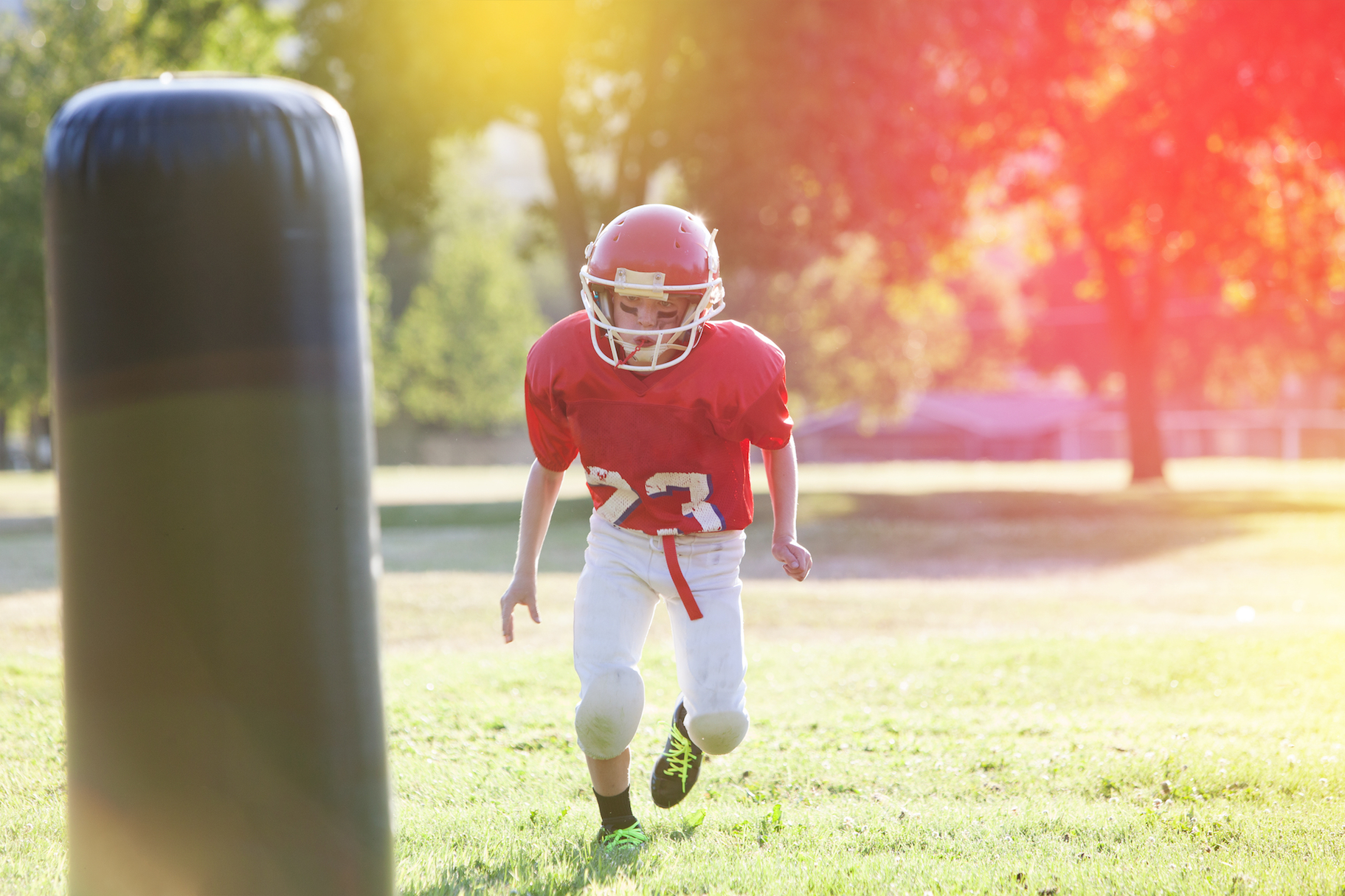
Youth football can alter a kid’s brain in just one season
New research that is being presented at the annual meeting of the Radiological Society of North America (RSNA) reveals that young football players with a history of concussion or subconcussive impacts experience brain changes after one season of play.
The studies, conducted at UT Southwestern Medical Center in Dallas and Wake Forest University, investigated the brain’s default mode network (DMN) to observe how playing football affects youths’ brain health.
The DMN is a network of interacting brain regions that is active during wakeful rest. Changes in the DMN are associated with mental disorders, and decreased connectivity within the network is associated with traumatic brain injury.
“The DMN exists in the deep gray matter areas of the brain,” explained study co-author Elizabeth M. Davenport. “It includes structures that activate when we are awake and engaging in introspection or processing emotions, which are activities that are important for brain health.”
The research team set out to identify the outcome of numerous subconcussive impacts on the DMN. For this study, they examined youth football players with no history of concussion.
“Over a season of football, players are exposed to numerous head impacts. The vast majority of these do not result in concussion,” said co-author Gowtham Krishnan Murugesan. “This work adds to a growing body of literature indicating that subconcussive head impacts can have an effect on the brain. This is a highly understudied area at the youth and high school level.”
26 youth football players between the ages of 9 and 13 were equipped with the Head Impact Telemetry System (HITS) for an entire football season. These helmets contain sensors that measure the magnitude, location, and direction of impacts to the head.
For each player, impact data from the helmets was used to calculate a risk of concussion exposure. The results of the study showed an increasing functional change in the DMN with consistent exposure to head impacts.
“The brains of these youth and adolescent athletes are undergoing rapid maturation in this age range. This study demonstrates that playing a season of contact sports at the youth level can produce neuroimaging brain changes, particularly for the DMN,” said Murugesan.
In the second study, 20 high school football players wore the HITS helmets throughout a season. Five of the players had experienced at least one concussion, while the other 15 players had no history of concussion.
After the season, the five players with a history of concussion had substantially lower connectivity in the DMN. The players with no history of concussion typically showed an increase in DMN connectivity.
“The brain’s default mode network changes differently as a result of previous concussion,” said Dr. Davenport. “Previous concussion seems to prime the brain for additional changes. Concussion history may be affecting the brain’s ability to compensate for subconcussive impacts.”
—
By Chrissy Sexton, Earth.com Staff Writer













